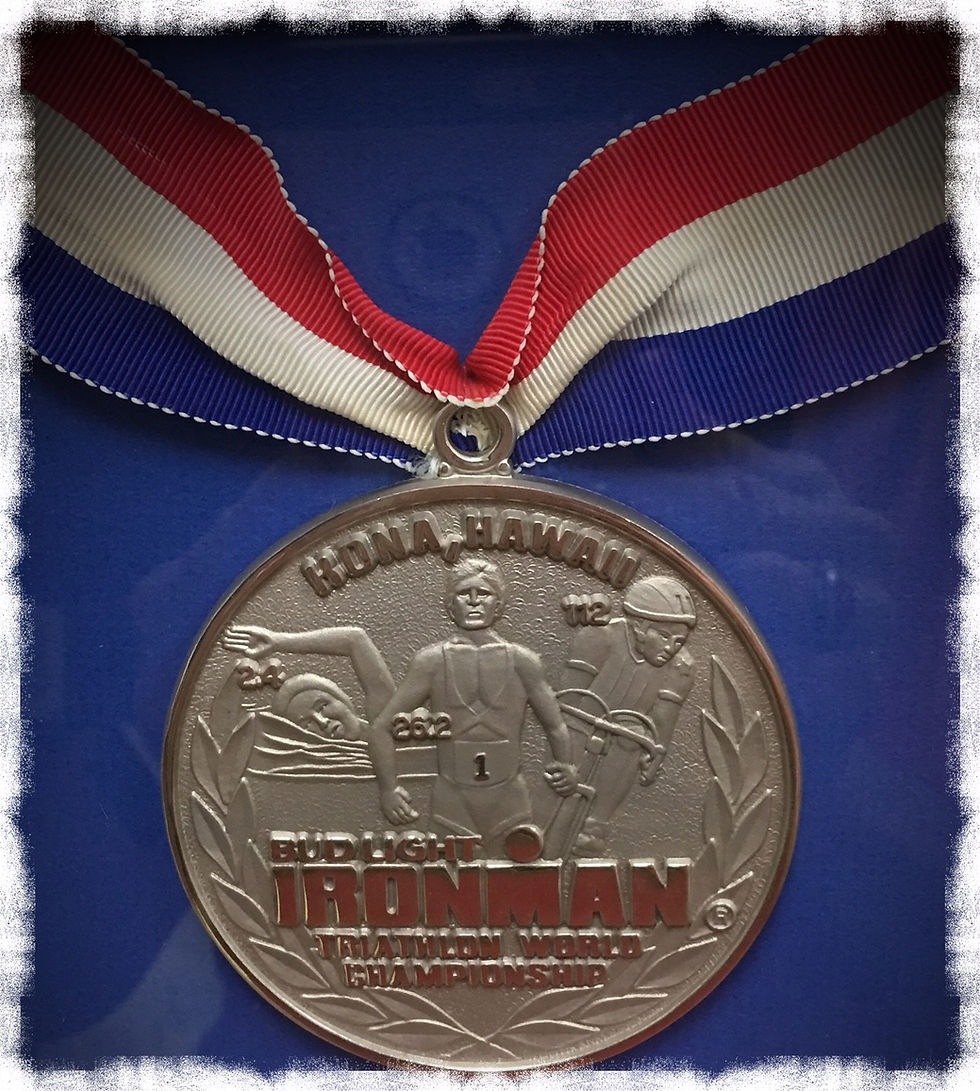GPS to the Bicyclist's Rescue
- Richard L. Duquette
- May 9, 2017
- 4 min read
Updated: Jul 9, 2023

Reconstructing a bicycle crash is growing increasingly scientific these days. Here are a few observations on ways to counter insurance company tactics that attempt to deny or reduce the value of your bicycle claim.
Using a GPS device can help you establish the general point of impact of a crash. I say general point of impact because the data from the downloaded GPS will give you basic locations details, similar to a black box in an airplane crash. You will have to support the GPS data with other evidence to establish the point of impact.
Here are a few ways to accomplish this, and why: The point of impact in a crash is often relevant to prove you, the bicyclist, were acting lawfully, i.e., in the right place in the road and for the right reasons. In injury cases, this could mean the difference between winning or losing, or defeating an accusation of contributory fault levied by an insurance company, which may reduce your lawful recovery.
Downloading the GPS data to Google Maps will show generally where the collision occurred, and add credibility to your claim. The GPS will show your direction of travel and ride history. Using Google Earth and ground scene photos, you can paint an accurate picture of the crash site, using incremental time images. Items to look for are traffic signals and signage, which correspond with the ending GPS signal. This is evidence that you stopped, and obeyed the law. Further, the GPS may show that on earlier rides on the subject route, you complied with traffic signals as a lawful and safe bicyclist. Combine the GPS signal with your data from a cyclometer that shows slowing, speed, peddling cadence, and heart rate will also support that you stopped for signage. If the exact location on the road is still needed, like a bus versus bicycle side-swipe case I successfully settled, physical evidence will be needed. This includes gouge marks in the asphalt roadway, skid marks, lane markers, manhole covers, and other measurements. With this further evidence, an accident reconstructionist can use computerized survey equipment to input the measurements of the location of these items into a "total station" computer program, then generate a computer aided design (CAD) and a resulting map. This is often further supported by an animated graphic to demonstrate the reconstructed view of the crash.
Retaining an expert reconstructionist to perform this work is extremely costly. Your GPS reconstruction can help you avoid this costly process and avoid being "priced out" of justice, a common tactic of the insurance industry.
The increasing use of digital cameras by some bicyclists on their helmets and handle bars is another effective tool to support your GPS evidence, as photographic images can prove your lawful riding and the point of impact. Bicyclists should note that buses digitally record the driver's front, side and interior views of the bus in case of a crash. The device records multiple images at one second intervals, allowing a post-accident analysis of the bus operator's driving and the position of the bus in relation to a bicycle. On a civil liberty note, the United States Supreme Court issued a decision in U.S. v. Jones, a case where the police attached a GPS tracking device to a suspect's car to detect the suspect's whereabouts for weeks, implicating 4th Amendment illegal search and seizure issues. In contrast, an individual can now obtain a GPS application on a phone to track friends with their consent.
The use of a GPS to substantiate your claim can be critical. It can also help you calculate the time it took an offending vehicle to travel a specific distance. This can prove excessive speed, unlawful driving, or illegal lane changes made in a short distance.
As a bicyclist, take photos of the chain ring and gear of your bicycle at the time of impact. Photograph the large chain ring and the rear cluster to show the position of your chain, and then correlate it to a speed chart or matrix. This evidence, in conjunction with your GPS speed, heart rate, cadence and route, (uphill, downhill, or flat), will corroborate your riding was lawful, i.e., in compliance with the posted speed limit, basic speed laws, or not obstructing the flow of traffic in your lane.
Moreover, GPS and physical evidence can be used successfully in the event a bicyclist sustains a head injury. Often, the bicyclist goes down and loses consciousness. Memory is often affected, but the GPS and the physical evidence can help effectively reconstruct the crash scene, helping to prove the victim's case. This will also support favorable witness testimony, like friends that were on the ride, thereby helping to objectively defeat insurance claims of "biased testimony by fellow bicyclists." So, get a GPS for fun and protection. It's a small price to pay for the wealth of data evidence that can be gained when you need it most.
If you're injured, hire an experienced trial attorney. Ride Safe, Ride Strong! www.911law.com * 760-390-5234 ©Richard L. Duquette, Esq. All rights reserved April 25, 2017







